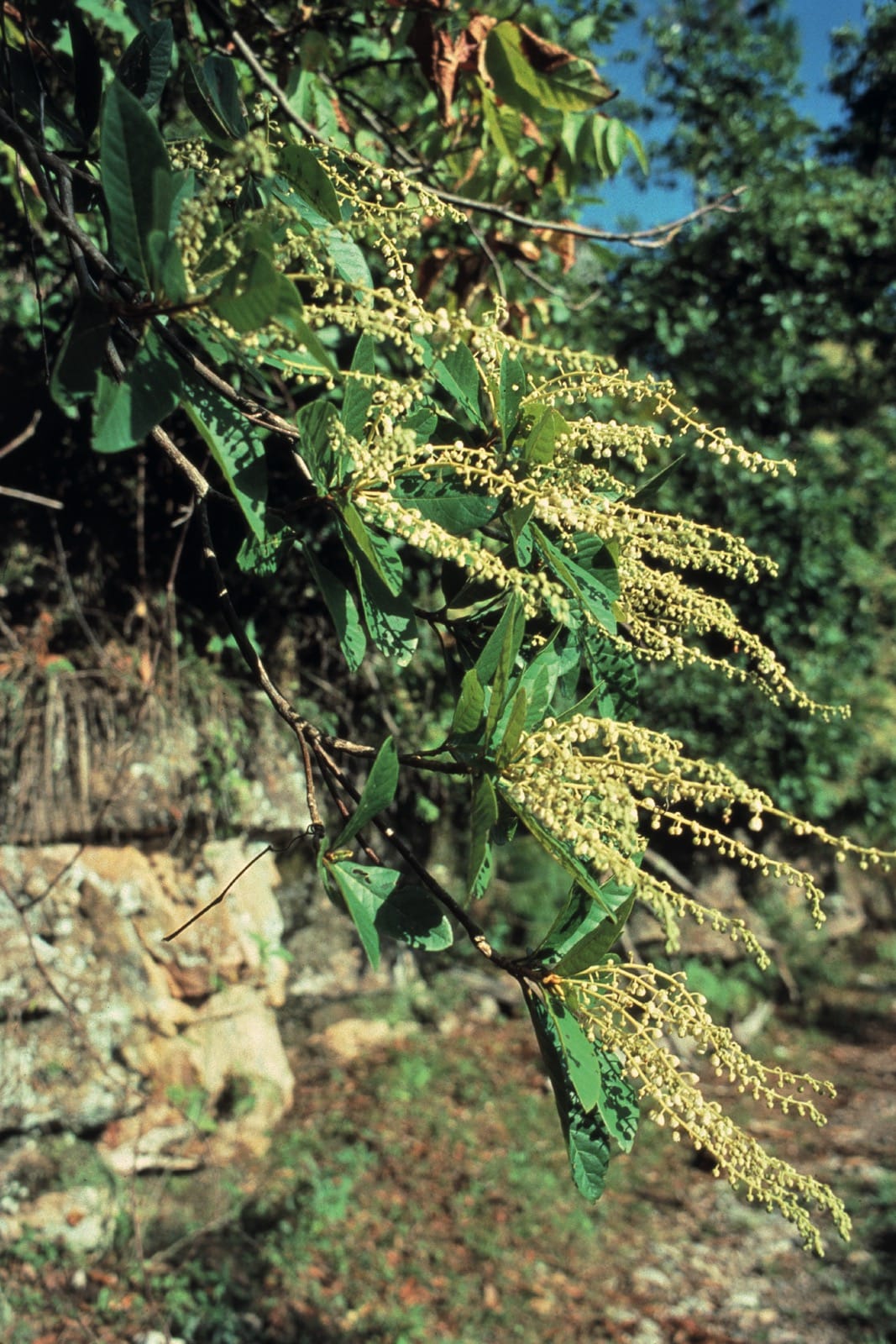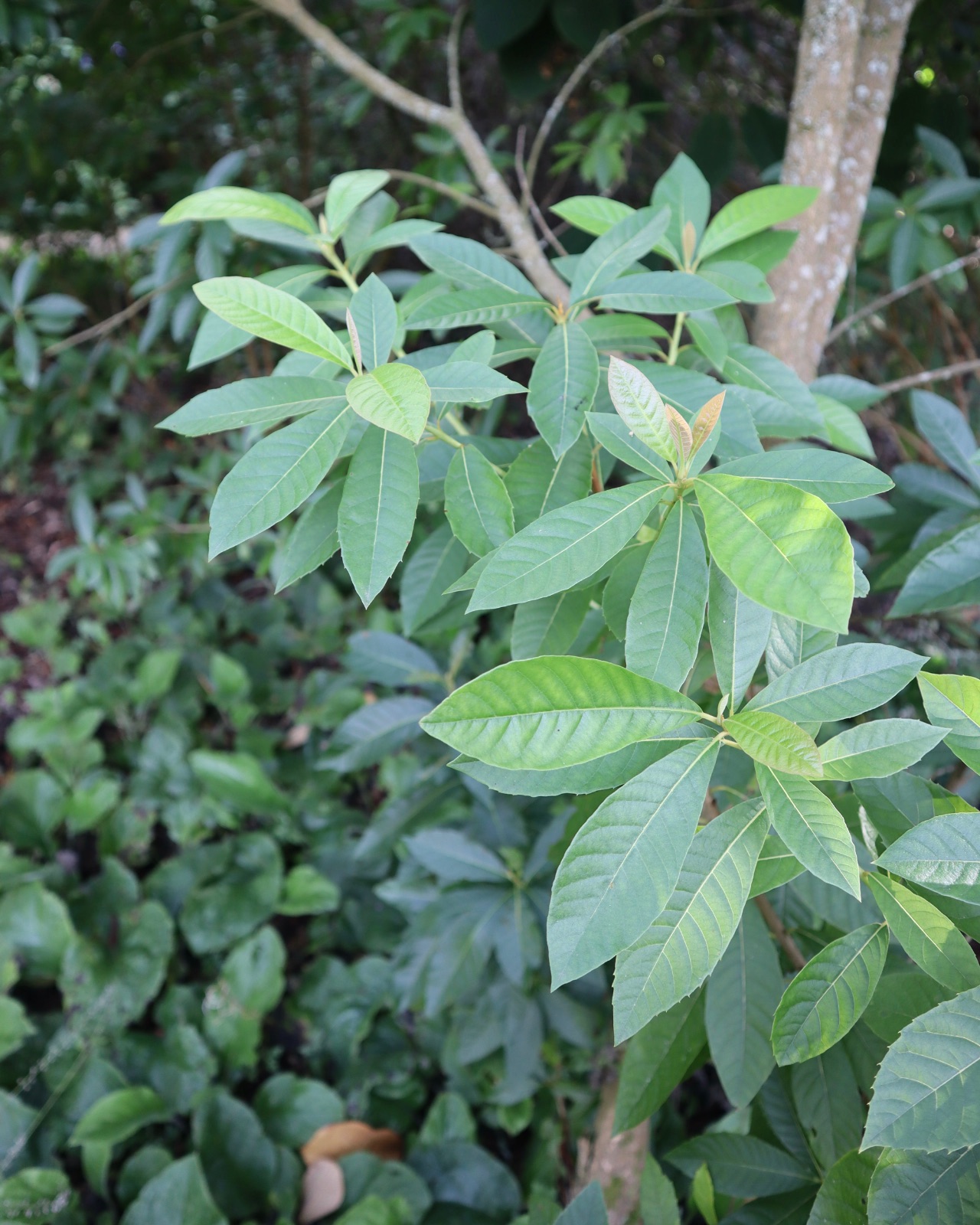Clethra pringlei
Credits
Article from New Trees by John Grimshaw & Ross Bayton
Recommended citation
'Clethra pringlei' from the website Trees and Shrubs Online (treesandshrubsonline.
Genus
Shrub or tree, 5–15 m, to 45 cm dbh. Branches spreading. Branchlets ascending, reddish-hairy at tips. Leaves elliptic-oblong to oblanceolate, 4–8 2–4 cm, dark green, thinly coriaceous, base cuneate, unequal, apex shortly attenuate or subacuminate, upper surface loosely stellate-pubescent when young, then glabrescent, lower surface densely hairy; petiole 0.4–0.6 cm. Inflorescence formed of several racemes 10–15(–25) cm, the central raceme sometimes branched, densely brown-pubescent on rachis; bracts 2–3 mm, quickly caducous; pedicels slender, 5–7 mm at flowering, elongating slightly later; calyx lobes ovate-acuminate, 2.5 mm; petals obovate-spathulate, to 3.5 2.5 mm, fimbriate and ciliate at apex, surfaces glabrous, white and scented of cinnamon. Capsule flattened, three-lobed, 3.5 mm across. Sleumer 1967. Distribution MEXICO: Tamaulipas, San Luis Potosí, Nuevo León, Hidalgo. Habitat Wooded slopes on calcareous hills. USDA Hardiness Zone 8–9. Conservation status Not evaluated. Illustration Ward 2004; NT259.
Clethra pringlei is well established in cultivation, in the nursery trade at least, in the United States and in Europe, although no mature specimens have been observed in the research for this book. It is highly valued in southeastern North America – for its long racemes of white flowers with a strong cinnamon scent, but also for its foliage, bronze when young, a solid dark green later (Hudson 2004). Its hardiness is not entirely clear but it can certainly withstand some frost. Dirr (1998) reports that it was killed back at about –15 ºC in Georgia. A warm site, even in full sun, will help ripen the new shoots. Yucca Do Nursery, Texas offers a named clone, ‘White Water’, with particularly long (25 cm), pendulous inflorescences, selected at 1400 m in Tamaulipas in an area where many reasonably hardy plants grow (Ward 2004).


